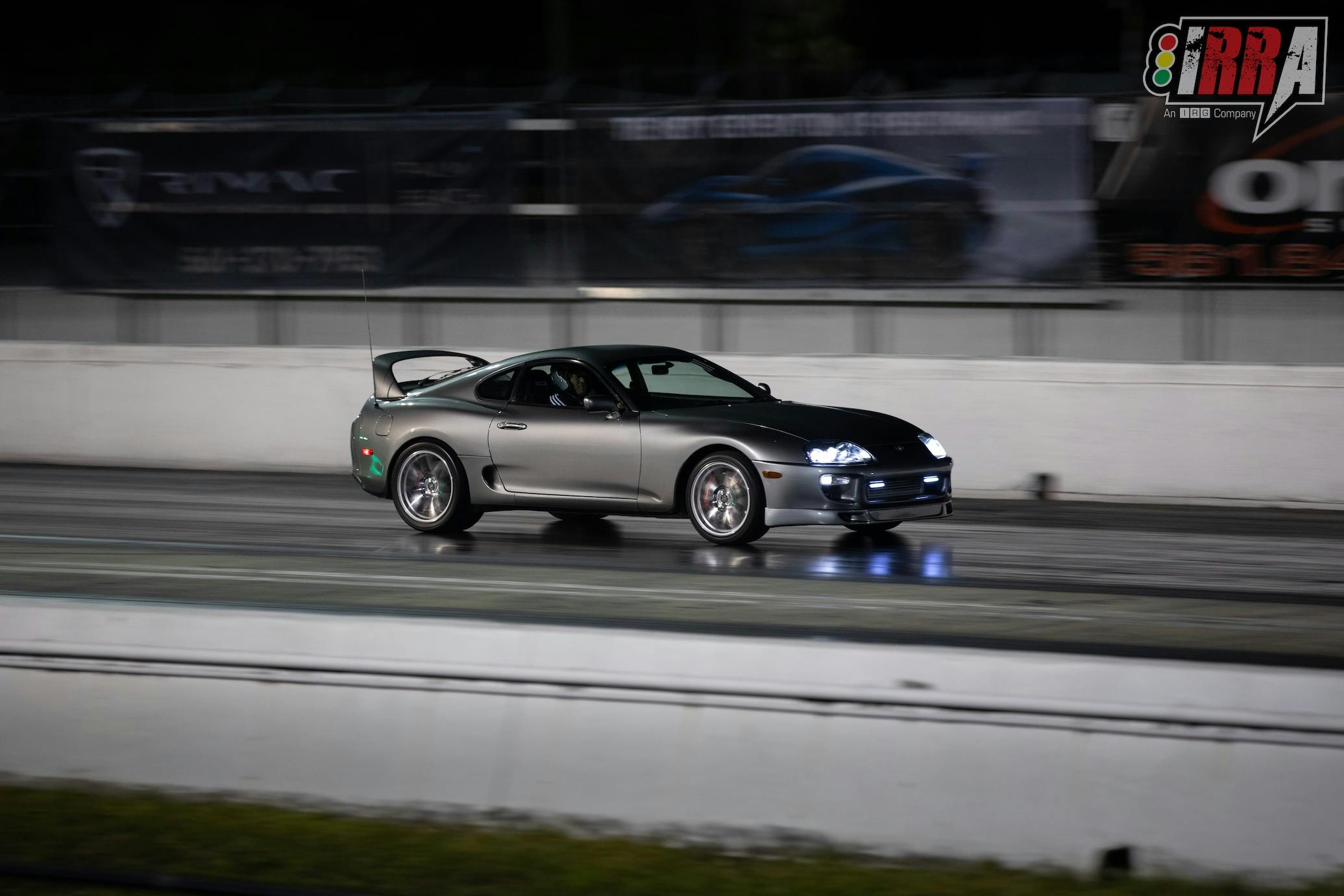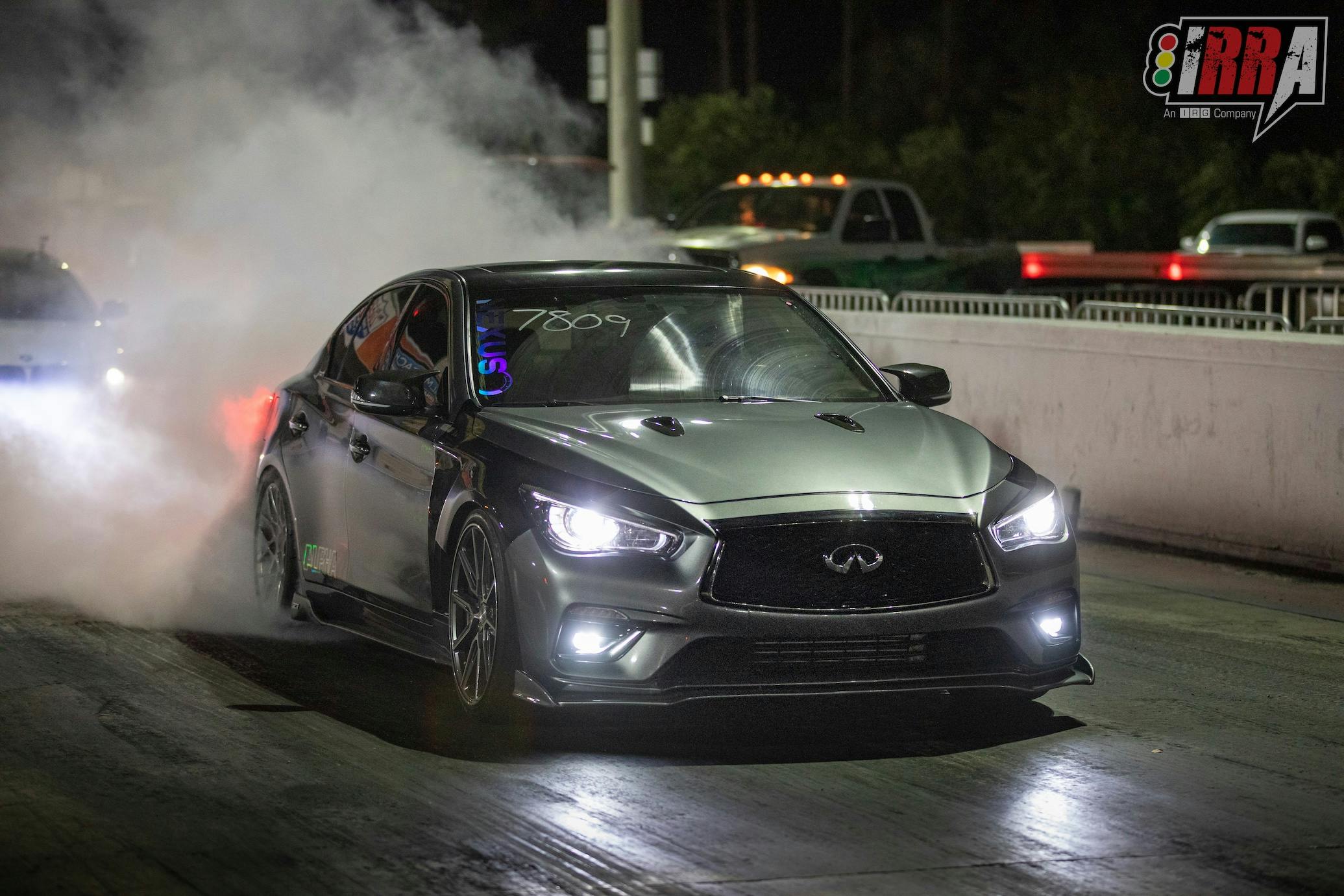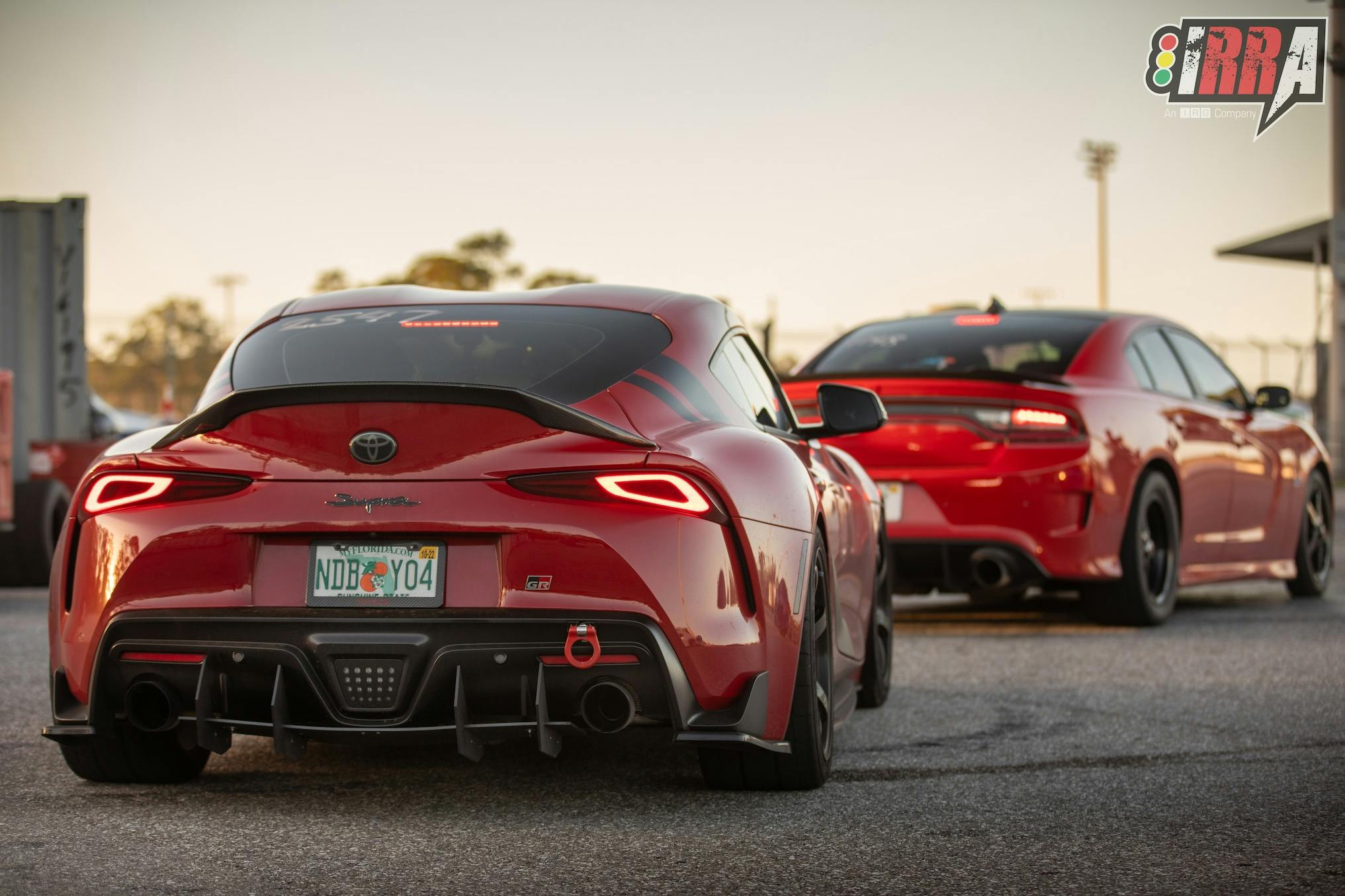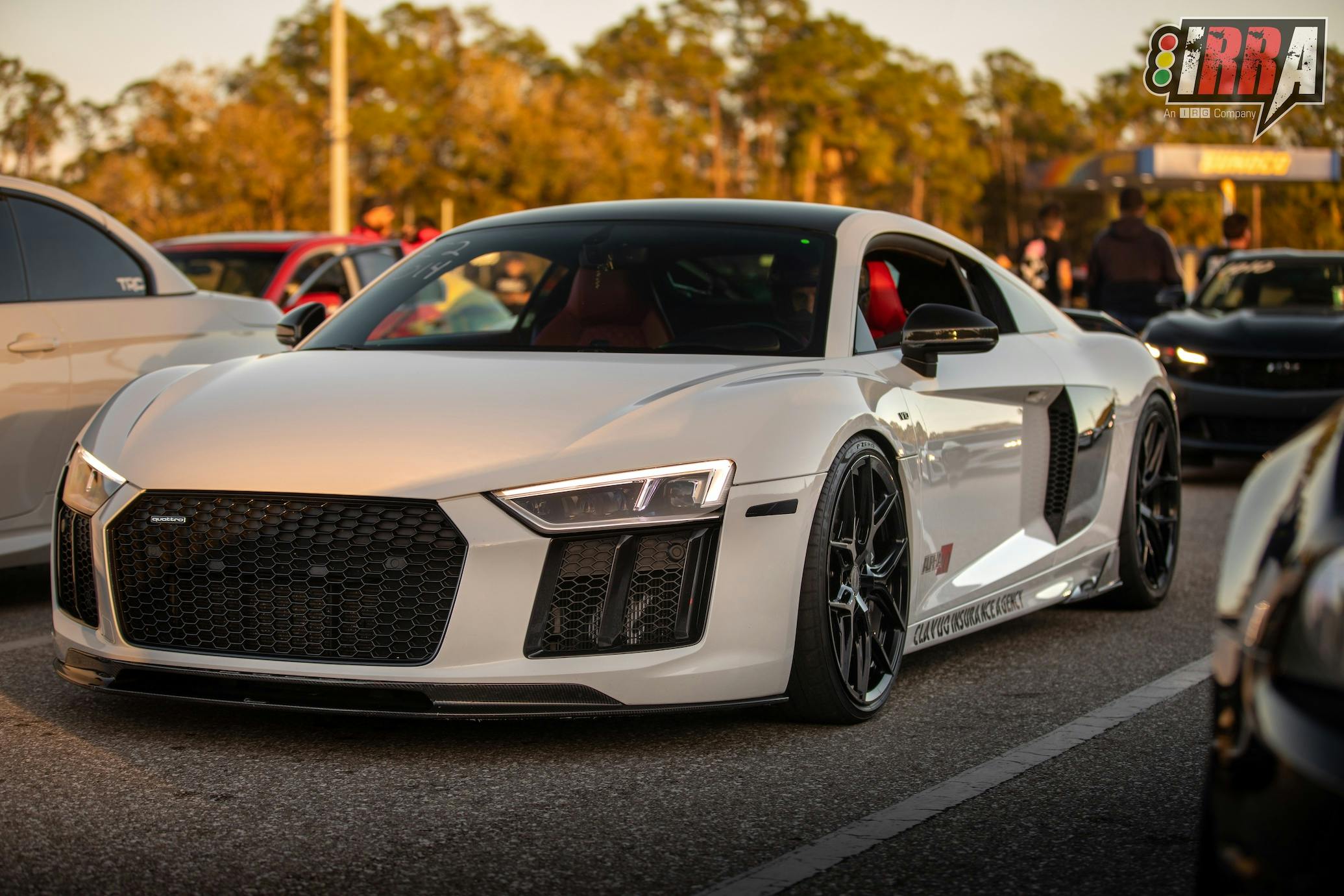Roll racing has plenty of critics, but real legitimacy may be near
“Roll racing is not real racing.”
Chris Harris bristles when he hears those words, and he hears them a lot. The sentiment reaches him from drag racers and from track operators who question this sometimes controversial motorsport’s credibility and appeal. He also gets it from haters who associate this type of racing with a public nuisance.
As the founder of the International Roll Racing Association (IRRA), the first professional sanctioning body for this type of straight-line competition, Harris has encountered it all. At 39, this racing entrepreneur (no relation to the British car journalist of the same name) knows that the mere mention of “roll racing” can trigger a range of reactions. He is well aware of the dangers and public backlash created when illegal roll racing shut down parts of public highways for illicit contests between high-horsepower street cars.
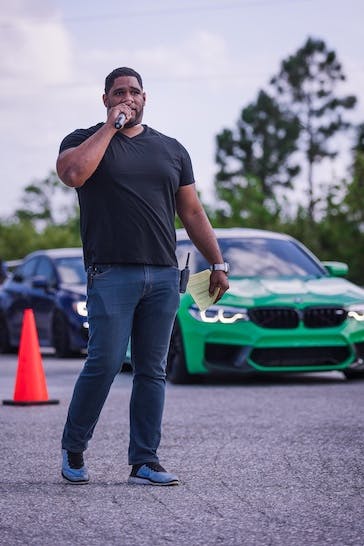
In “highway pulls,” Harris explains, drivers line up alongside each other at 40 mph, honk the horn three times and both take off in a race. The “winner” is the first one to achieve a certain speed, usually well over 100 mph. The racing sometimes gets ugly, with crashes, police crackdowns, impounded cars, and worse.
Harris wants to change that scene by getting roll racers off the highway and onto the track. He is enticing them with IRRA membership that includes professional certification, $100,000 of excess medical coverage, and the potential to win money prizes—legitimately.
Is this ringing a bell? When the street racing scene in Southern California had gotten the public spitting mad, Hot Rod magazine editor Wally Parks formed the National Hot Rod Association in 1951. With the NHRA and its Safety Safaris, Parks embarked on a mission to help racers go legit. Today, the NHRA is the world’s largest motorsports sanctioning body, and drag racing underpins a large chunk of the automotive performance aftermarket.

Football player, jail guard, racer
The criticism against roll racing does not dissuade Harris, who takes encouragement from the success stories behind motorsports that were also met with initial resistance, including drag racing and drifting. His persistence is rooted in a diverse background that includes playing football in college (Philadelphia’s Temple University) and a try in the pros, and then seven years working as a corrections officer at New York City’s infamous Rikers Island jail. There, Harris organized a football team of fellow officers that he says beat the city’s police and firefighter teams.
After quitting the Rikers gig, Harris and his family moved to South Florida where he pursued his real passion: motorsports. For two years he was general manager of Palm Beach International Raceway, and it was there that he staged his first roll-racing events in 2014. He launched the IRRA in 2019.
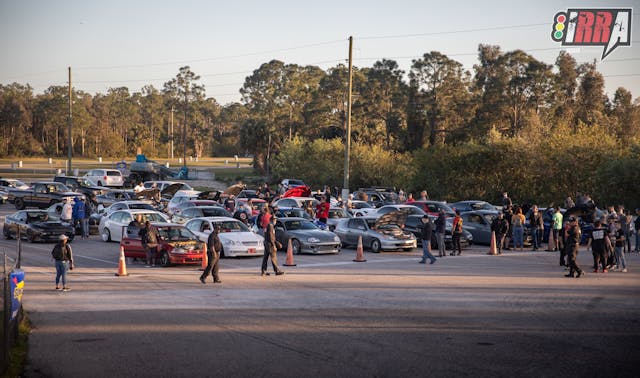
Through one-on-one meetings, Harris has been convincing track operators to give roll racing a chance. The results have been promising. Sanctioned under the International Hot Rod Association (IHRA), the IRRA ran seven races in 2021, with the National Championship held at zMAX Dragway in Concord, North Carolina. The fledgling sanctioning body closed out the year with about 300 members, up from 25 in 2019. Harris believes it might have been higher still if not for the pandemic putting a damper on racing in 2020.
An IRRA Northeast Division includes Pocono Raceway in Pennsylvania. For 2022, the IRRA is expanding to a second Florida track and will add a new Southwest Division at Tucson Dragway and a Texas track. Harris says the sport attracts young racers and young spectators, though all ages and demographics can be seen at the events.
“It’s exciting to see the interest grow here in the U.S.,” he says. “It’s really big in Australia. Right now, that’s the roll racing Mecca.”

Roll racing the pro way
Roll racing, as it is run at IRRA events, is heads-up competition with two cars side by side on a quarter-mile drag strip or a straight section of an oval or road course. Keeping things familiar for racers, each run starts from a 40-mph roll, as verified by a spotter who triggers the green light to race. This is not bracket racing; the first car across the finish line wins. Jumping the light is called “slingshotting.”
“We don’t use ET as measurement, because in roll racing, the time is not true, but the mile per hour ends up being similar to a traditional drag race,” Harris explains.
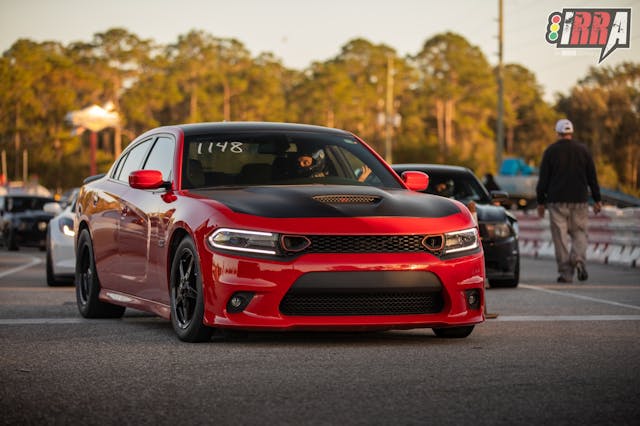
The IRRA currently has four classes, all based on MPH capability. The rules are designed to keep MPH capability among cars in each class as close as possible for fairness and exciting racing. The diverse race field includes all manner of heavy-hitting street cars, such as 1500-horsepower Hondas, 2000-hp Nissan GTRs and Dodge Hellcats, and even mega-dollar tuner Lamborghinis. There’s everything in between, too, with lots of 300-hp Civics and four-cylinder turbocharged Camaros and Mustangs.
Harris points out that most of the cars are street-driven, though some are trailered. Safety equipment requirements are also based on mph and correspond to IHRA regulations for parachutes, cages, and fire suits. No wheelie bars are allowed.
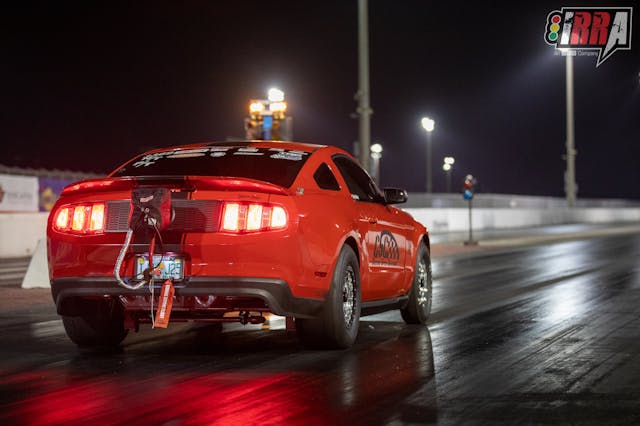
“To some people, roll racing looks drastically different from drag racing, but it’s not that different,” Harris says. “The biggest difference is that the rolling start is easier on the driver and the car than the drag racing start. That lowers the barrier to entry, because it reduces chances for breakage.”
That’s not to say roll racers are looking for low-buck competition. Harris reminds aftermarket manufacturers that legitimizing roll racing will be good for their business.
“People are putting their money into street cars that might be their only car,” he says. “Roll racers are buying a lot of aftermarket parts—turbos, wheels, everything in top street cars and some drag cars. Some of the racers do both roll racing and drag racing with the same car.”

Anyone can try it
Harris touts the rolling start as easier to learn and master more easily than a drag-race start. That gets people into the fun of it more quickly. To that end, each IRRA event includes a “Fun Run” where anyone can give roll racing a go.
“A typical race will draw a 75-car field, with another 200 or so who take a shot in the Fun Run,” he says. “We’ll get everything from family minivans right up to exotics. We had a Bugatti Chiron at one event. I’d say that for 40 percent of people who try the Fun Run, it’s their first time even visiting that track.”
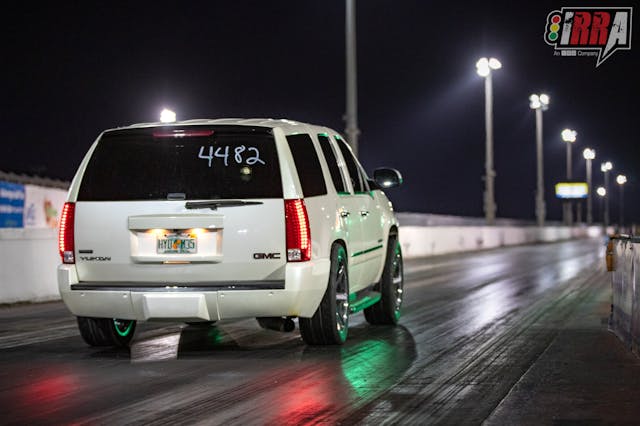
The Fun Run is not just for kicks. It’s also a recruiting tool, enticing drivers to build up their car further and join the IRRA. Harris wants to ultimately stage two-day events, with the first day for Fun Runs and the second for points racing. And, yes, drag racers are always welcome. Each event holds some traditional drag races, and the drivers are encouraged to also try roll racing. Harris says those who do tend to enjoy it.
EVs are welcome, as well, but despite impressive acceleration performance in some models, they have so far been scarce at IRRA events.
“We see some EVs in the Fun Runs,” says Harris. “We have probably seen 20 Teslas total, but just one signed up for competition in a few events.” He explains that even the quickest EVs lose on mph versus the high-horsepower internal-combustion cars for now, but he anticipates changes down the road.
“Everything evolves. I remember when EFI was the devil,” he says.

Baby steps
Harris sees growth ahead for roll racing, but also a lot of legwork. He fully anticipates spending much more time defending and selling roll racing.
“I’ve been to over 30 tracks, and maybe 75 percent wanted nothing to do with roll racing until I met with the owners,” he says. “More are expressing interest to grow their business.”
At the same time, he is quick to credit the tracks that have taken the chance on roll racing.
“They’ve become advocates and have helped us grow,” he says. “It’s a slow roll, but we’ll get there. We’re still in our infancy.”


